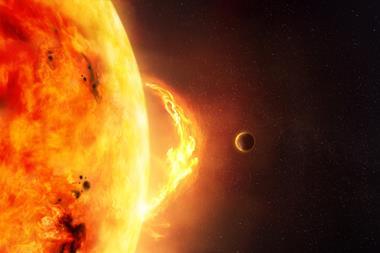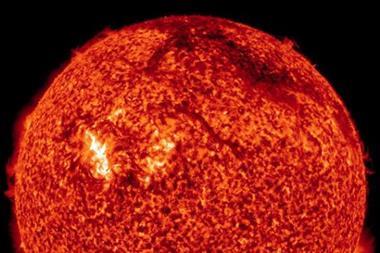We’re all well aware of the dangers of sunburn, but when the sun reachest its fiercest within the next couple of years, it’ll take a lot more than sunscreen to protect the earth’s population
Roughly once every 11 years, the sun reaches an energy peak, when it produces an unusually high volume of powerful solar flares – or coronal mass ejections, to give them the proper name.
When these explosions take off from the surface of the sun in the direction of earth they can affect the magnetic fields surrounding our planet, knocking out communications satellites and even electronic equipment on the earth’s surface. And because passengers flying in planes over the Arctic sometimes risk being exposed to radiation during these solar peaks, aircraft travelling over the poles or oceans sometimes get diverted to avoid these effects.
The next solar maximum – when the sun is at its most fierce – is expected to hit between 2012 and 2013. That means the next solar storm could happen during the London Olympic Games – a situation the organisers are said to be monitoring closely. The threat of a solar storm is now included on the UK’s National Risk Assessment, giving an indication of the heightened sense of the threat.
The most recent major space storm seriously affected power grids in Quebec, Canada, in 1989, forcing them to shut down for hours. The total costs were eventually put at more than €1.5bn.
But with businesses nowadays being much more interconnected, the effects of violent space weather could be far worse. A power grid shutdown would be catastrophic for transport, medicine, sanitation and finance, to name but a few sectors. And the cost of space-weatherproofing buildings and infrastructure is expensive.
Downloads
Solar flare infographic
PDF, Size 1.43 mb




















No comments yet